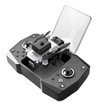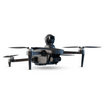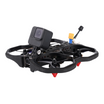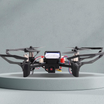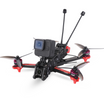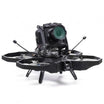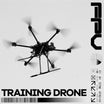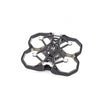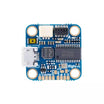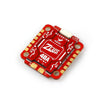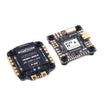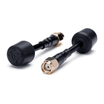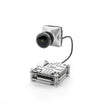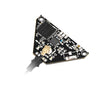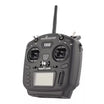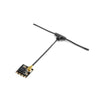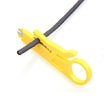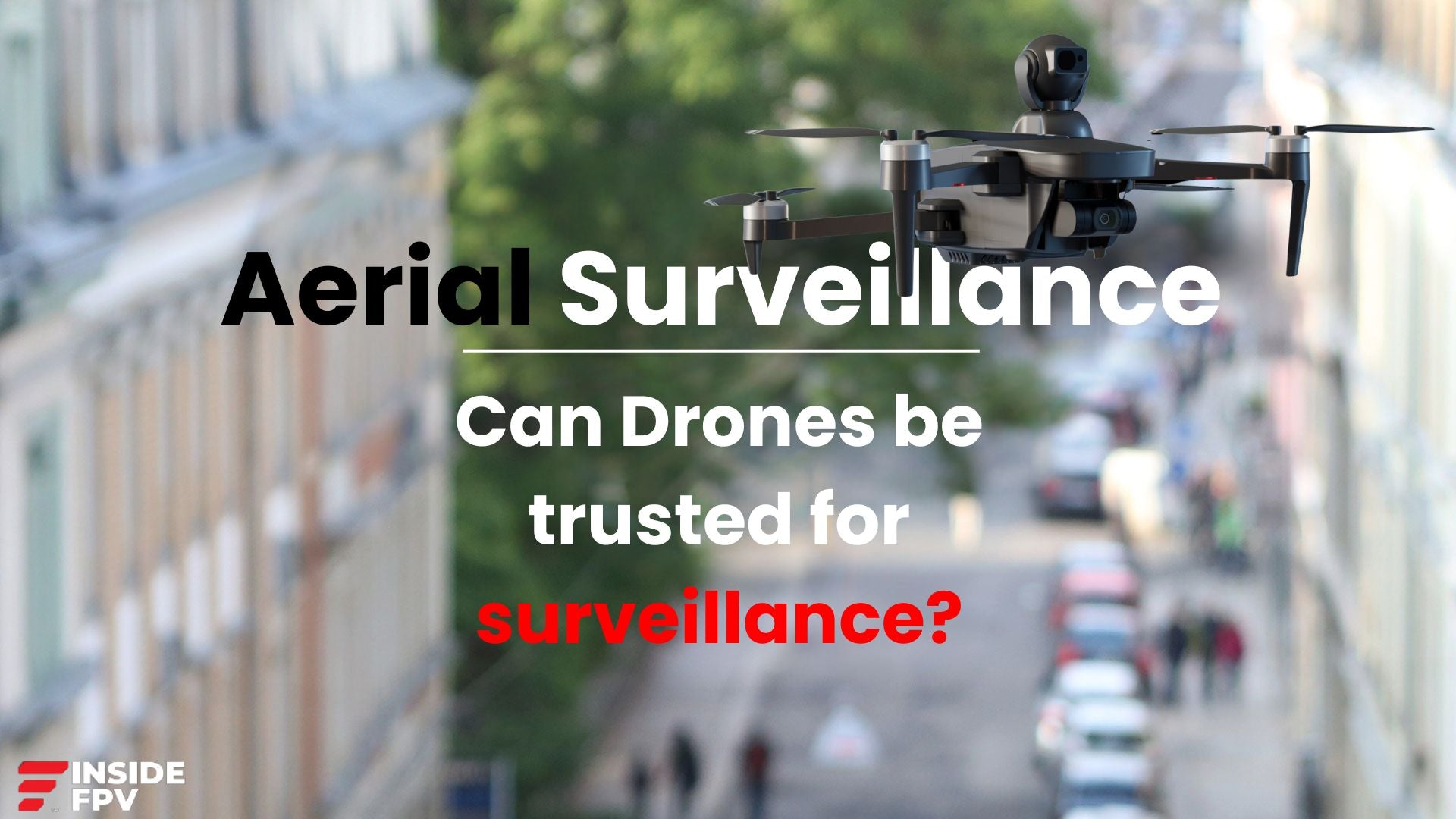Just over a decade ago, drone deliveries were little more than a futuristic pipe dream. A few pioneering companies were testing out the technology, but strict regulations on airspace usage severely limited their options. Drones could only be flown within line-of-sight of the operator during daylight hours and well away from populated areas or traditional aircraft corridors. This rendered drone deliveries virtually useless for most real-world applications.
Fast forward to 2024 and the situation has changed dramatically. Years of research, development, and advocacy from tech companies, logistics providers, and drone manufacturers have helped to open up India's airspace to routine drone operations. With the support of a thoughtful and evidence-based regulatory regime, drone deliveries are now an everyday reality. From life-saving medical supplies to hot food and consumer products - drones are airlifting all sorts of payloads across India's cities and rural expanses.
DGCA: The Air-police
Regulators at the Directorate General of Civil Aviation (DGCA) had to balance the immense potential of drone technology with legitimate public safety and national security concerns. Their challenge was to create rules that would facilitate drone operations while also inspiring public confidence that these new airborne systems are safe and reliable.
The result was a set of regulations released in 2021 that provided certainty and a clear framework for drone pilots, manufacturers and service providers to follow. The DGCA established the DigitalSky platform - an online portal for filing flight plans, applying for permissions and managing other regulatory requirements like pilot licensing and drone registration.
Although impatient drone enthusiasts first considered the DigitalSky system to be annoying, it has turned out to be crucial in enabling the responsible scaling of drone operations throughout India. Pilots provide information about their drone, including its intended flight route, payload, and other characteristics, prior to takeoff. In order to reduce danger to individuals and property on the ground, an automated system divides the airspace from other traffic, such as airplanes, and cross-checks this information against no-fly zones.
Applicants are also required to undergo mandatory training, testing and licensing to ensure they understand safety protocols and can operate their drone responsibly. Similarly, all drones above a certain weight class must be individually registered and outfitted with transponders and other identifying tech to allow for monitoring and tracking. Violators face stiff penalties - both financial and criminal - for breaching regulations.
These rules have coexisted with initiatives to support the rapidly growing drone ecosystem. The DGCA updated training programs and licensing requirements to create a new cadre of professional drone pilots and support personnel. They also worked with companies to designate special drone corridors and delivery hubs to lower regulatory barriers for high-volume operations in certain pre-approved areas. This approach has allowed the industry to flourish while still maintaining the highest standards of safety and public accountability. Regulators have demonstrated a willingness to refine and adapt rules based on field experience and evolving technologies.
Looking back, the turning point came when stakeholders across the public and private sector recognized the immense socioeconomic value of unlocking India's drone delivery potential. This technology has proven especially vital in three key areas - medical and humanitarian aid, urban logistics, and rural access.
Saving Lives with Medical Deliveries
The most meaningful use of drone delivery has been for healthcare in emergencies. Drones now rush life-saving supplies like blood, vaccines, and antivenom to remote areas and disaster zones very quickly. This has completely changed how critical medical items can reach people in times of urgent need.
Over the last 10 years, many projects in India have shown how medical drones can save lives. Redwing Labs was an early leader, partnering with Telangana in 2019 to deliver medicines by drone to rural health clinics. Their drones brought vital supplies to isolated areas.
During the Covid pandemic, the Indian Council of Medical Research flew drones to carry vaccines to villages in Tamil Nadu. They completed over 600 flights, some to places with no roads or trains. This allowed rapid vaccine access even in very remote regions.
Private sector tech leaders like Wingcopter and Redwing followed up with partnerships across multiple states. Their delivery drones brought antivenoms, blood samples, oximeters and more to health outposts in mountainous and forested regions of Arunachal Pradesh, Himachal Pradesh and other areas with poor traditional logistics infrastructure.
The public health impact has been significant. Faster access to medical supplies in these underserved communities has saved many lives, whether it's a woman in hemorrhagic shock receiving a timely blood transfusion or a snakebite victim getting antivenin before it's too late. On the backend, drones have also reduced the environmental footprint of legacy supply chains with their lower emissions profiles.
Some real-life examples of drones used in medical field:
First hospital using drones to make emergency blood deliveries: Begumpet Airport in 2021
States with active medical drone networks: Arunachal Pradesh, Telangana, Himachal, Tamil Nadu
Typical payload: blood, vaccines, oximeters, medicine, PPE, lab tests
Rural populations served: 3.1 million+ people
Lives saved: Hundreds of mothers and snakebite victims
Turnaround time: Average 15 mins vs 2h 20mins by road
Emissions reduction: 90%+ lower carbon footprint vs ground transport
Drones to the rescue
Drones have played a frontline role in responding to natural disasters like cyclones, earthquakes, and floods. Able to operate safely in hazardous areas, drones delivered emergency provisions to cut-off communities and sent back vital intelligence to guide rescue operations.
For example: After Cyclone Amphan wreaked havoc in West Bengal and Odisha in 2020, drones delivered food, water and other relief supplies to areas unreachable by traditional transport. Meanwhile the aerial imagery transmitted back to coordinators allowed swifter damage assessments and deployment of emergency responders.
Drones in Cities- Boosting Efficiency and Reducing Congestion
Besides serving remote rural communities, drones are also radically reshaping logistics in dense urban areas. Metropolitan India has seen an explosion of drone deliveries for food, e-commerce packages and other goods. This lowers emissions and speeds up delivery time.
Now in 2024, restaurant meals routinely arrive at customers' windows within 15 minutes, piping hot and without a delivery person in sight. Several Indian startups like Skye Air Mobility and TechEagle have established networks of dark fulfilment centers optimized for drone dispatch in cities like Mumbai, Delhi and Hyderabad.
Integration with e-commerce
For e-commerce, drones have allowed players like Amazon, Flipkart and others to sidestep congestion and accelerate last-mile delivery. Residential neighborhoods have embraced the convenience of drone ports and lockers, often receiving packages within 2-3 hours of ordering.
This kind of convenience might raise some eyebrows outside of India. But home-grown drone companies have worked hard to Indianize their operations - designing solutions that fulfill local user needs. This localization has been critical in gaining customer acceptance.
For example, drones flying late in the evening avoid disturbing residents with loud noises by using smart routing algorithms to minimize overlap with dense housing areas.
Drone deliveries for small businesses
Drone deliveries in cities are also helping small local businesses grow. Drones make deliveries much faster and cheaper. This has been great for small shops selling things like fresh food, flowers, and medicine. Drone delivery lets new small businesses get started and succeed more easily. With drones, it's simpler and less expensive for entrepreneurs to launch neighborhood businesses.
Conclusion:
Drones are transforming delivery services in India. Following years of development and smart regulations, drones now routinely transport medical supplies, food, and commerce across cities and rural areas. This technology improves healthcare access, reduces congestion and pollution, and boosts economic opportunity. Though strict rules exist around drone flights, these safety measures have enabled responsible scaling up of drone operations. India has embraced drone delivery by thoughtfully balancing innovation with public interest.
FAQs:
Are drone deliveries safe?
Yes, drone deliveries follow comprehensive safety protocols. Pilots require licenses, drones have tracking tech, and only approved flight plans are allowed. Features like automated obstacle avoidance and backup systems further enhance safety. This rigorous oversight allows drones to integrate seamlessly with other air traffic.
What can drones deliver?
Drones transport a wide range of items including medicines, blood, lab tests, food, consumer goods, and disaster relief supplies. Weight limits exist to ensure safe and stable flight. The faster turnaround times for crucial payloads have saved many lives.
Where do drone deliveries operate?
Drones can access remote rural areas and dense cities alike. Specialized drone corridors in urban hubs facilitate high volumes of deliveries. The reach of drones allows efficient distribution even in places lacking good road/rail infrastructure.

